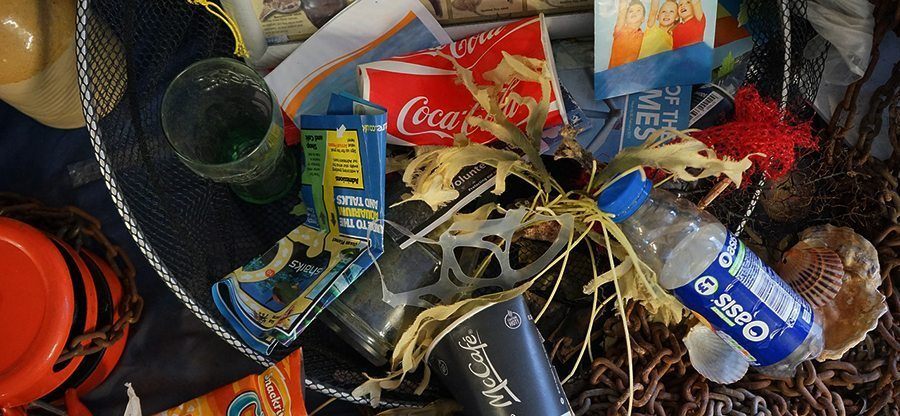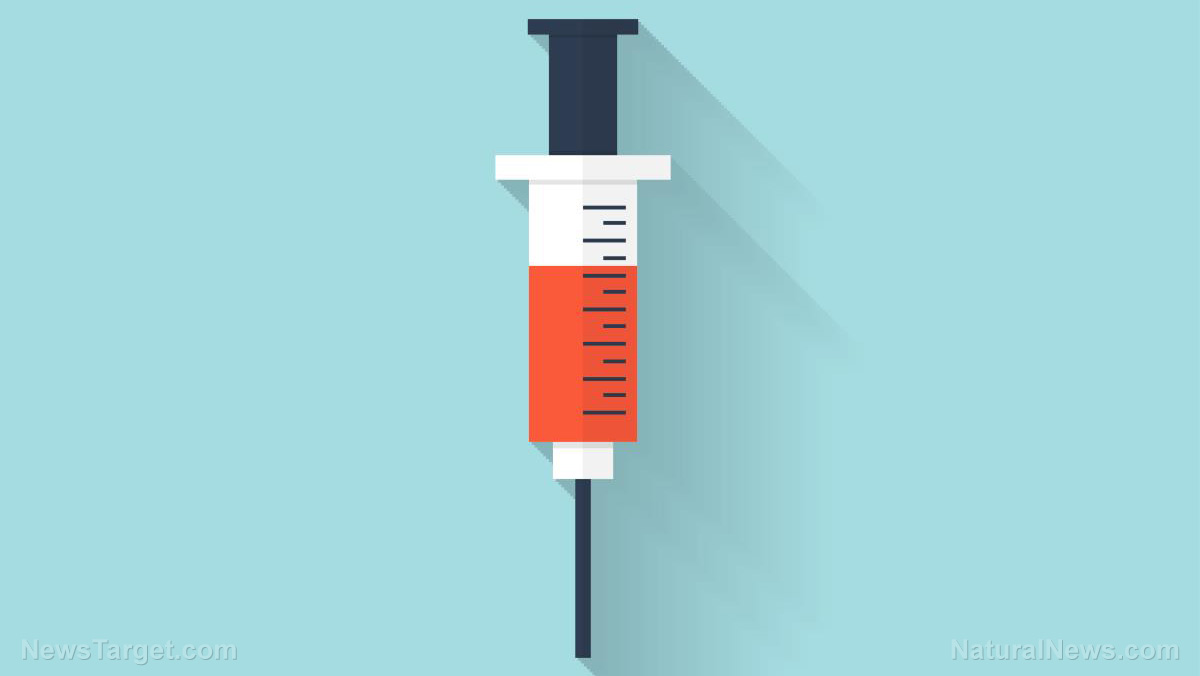Hemp Makes Great Plastic, So Why Isn’t Hemp Plastic Everywhere?
Plastic is an inescapable part of our everyday lives, so why is almost all of it still made from polluting, non-renewable petrochemicals?You may have heard that agricultural hemp, the non-mind-altering cousin of cannabis (commonly known as marijuana), has dozens of potential uses from clothing to paper.
Since virtually all climate scientists agree that we must replace our dependence on fossil fuels, and given that hemp can even make the soil cleaner, it’s surprising that this miracle crop isn’t in wider use.
When we looked into the topic, we found that hemp is already appearing in some commonplace objects, including cars, and could soon find it’s way into more. But there are also remaining barriers that keep hemp plastics more expensive and less versatile, for now.
Alternatives Needed As Plastic Pollutes Water & Land

Researchers found 38 million pieces of plastic waste on one uninhabited island in the South Pacific. That’s just one island.Not only are the harmful effects of global warming increasingly clear, conventional plastics linger in the environment and can even enter the food chain to detrimental effect on human and animal health.
In one especially shocking recent example, researchers from the University of Tasmania and the UK’s Royal Society for the Protection of Birds found 38 million pieces of plastic waste on Henderson Island, an uninhabited coral island in the South Pacific.
“I’ve travelled to some of the most far-flung islands in the world and regardless of where I’ve gone, in what year, and in what area of the ocean, the story is generally the same: the beaches are littered with evidence of human activity,” Jennifer Lavers, a marine scientist from the University of Tasmania, told The Guardian.
The oceans are in a similar or even worse state, thanks to the risk of microplastics, or tiny fragments of plastic that pollute the waters and are often eaten by marine life. The infamous “Great Pacific Garbage Patch” is actually largely composed of millions of these tiny particles — as much as 1.9 million per square mile — according to a 2014 report from National Geographic.
Hemp Cellulose Fibers A Good Source For Many Plastics
Some of the earliest plastics were made from cellulose fibers obtained from organic, non-petroleum-based sources.“Hemp cellulose can be extracted and used to make cellophane, rayon, celluloid and a range of related plastics,” reported Seshata, a writer at Sensi Seeds in 2014. “Hemp is known to contain around 65-70% cellulose, and is considered a good source (wood contains around 40%, flax 65-75%, and cotton up to 90%) that has particular promise due to its relative sustainability and low environmental impact.”


















 The
pineal gland is best known for its role in producing the hormone
melatonin from serotonin (triggered by the absence of light) and affects
wake/sleep patterns and seasonal/circadian rhythms. Like a tiny
pea-sized pine cone it is located near the center of the brain, between
the two hemispheres and is a unique brain structure insofar as it is
not protected by the blood-brain-barrier. This may also explain why it
is uniquely sensitive to calcification via fluoride exposure.
The
pineal gland is best known for its role in producing the hormone
melatonin from serotonin (triggered by the absence of light) and affects
wake/sleep patterns and seasonal/circadian rhythms. Like a tiny
pea-sized pine cone it is located near the center of the brain, between
the two hemispheres and is a unique brain structure insofar as it is
not protected by the blood-brain-barrier. This may also explain why it
is uniquely sensitive to calcification via fluoride exposure. "My
view is that this gland is the principal seat of the soul, and the
place in which all our thoughts are formed. The reason I believe this is
that I cannot find any part of the brain, except this, which is not
double. Since we see only one thing with two eyes, and hear only one
voice with two ears, and in short have never more than one thought at a
time, it must necessarily be the case that the impressions which enter
by the two eyes or by the two ears, and so on, unite with each other in
some part of the body before being considered by the soul. Now it is
impossible to find any such place in the whole head except this gland;
moreover it is situated in the most suitable possible place for this
purpose, in the middle of all the concavities; and it is supported and
surrounded by the little branches of the carotid arteries which bring
the spirits into the brain."
"My
view is that this gland is the principal seat of the soul, and the
place in which all our thoughts are formed. The reason I believe this is
that I cannot find any part of the brain, except this, which is not
double. Since we see only one thing with two eyes, and hear only one
voice with two ears, and in short have never more than one thought at a
time, it must necessarily be the case that the impressions which enter
by the two eyes or by the two ears, and so on, unite with each other in
some part of the body before being considered by the soul. Now it is
impossible to find any such place in the whole head except this gland;
moreover it is situated in the most suitable possible place for this
purpose, in the middle of all the concavities; and it is supported and
surrounded by the little branches of the carotid arteries which bring
the spirits into the brain."